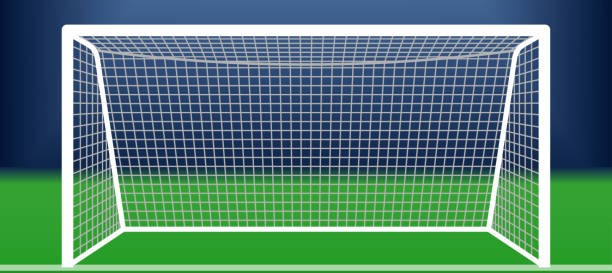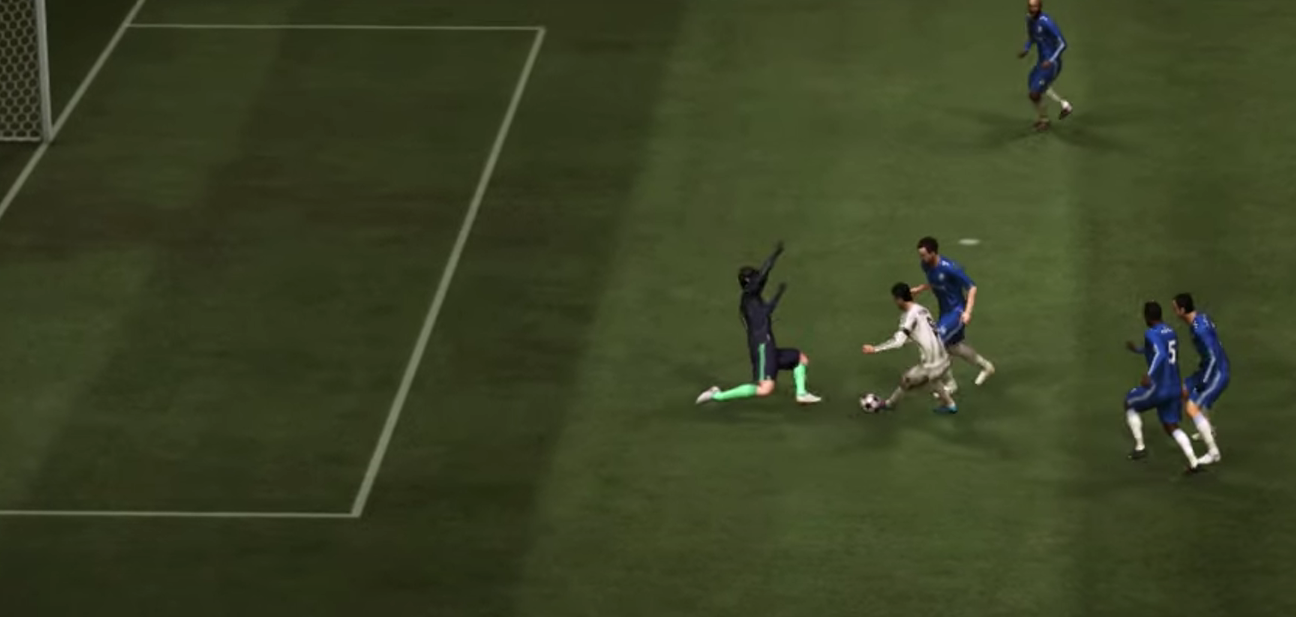













DRIBBLING.

Dribbling in football is the skill of controlling and maneuvering the ball while running, allowing a player to advance
towards the opponent's goal, evade defenders, and create scoring opportunities. It’s a fundamental skill that combines speed,
balance, and agility. Here’s a detailed explanation of dribbling, including techniques, types, and tips for effective
dribbling:
Purpose of Dribbling:
- ▫ ADVANCING THE BALL: Dribbling allows a player to move the ball up the field while maintaining control.
- ▫ EVADING DEFENDERS: It’s used to navigate around opponents and create space for passing or shooting.
- ▫ CREATING SCORING OPPORTUNITIES: Effective dribbling can draw defenders away from teammates, opening up passing lanes or shooting
angles.
Basic Techniques for Dribbling:
- ▫ TOUCH: Use soft touches to keep the ball close, ensuring better control and the ability to change direction quickly.
- ▫ BODY POSITION: Stay low and balanced, with your knees slightly bent to allow for quick movements in any direction.
Types of Dribbling:
- ▫ STRAIGHT DRIBBLE: Moving the ball directly forward with small, controlled touches.
- ▫ SIDE DRIBBLE: Dribbling the ball to the side to change direction while maintaining forward momentum.
- ▫ FEINTS: Using body movements to fake out defenders, creating space to either continue dribbling or pass.
- ▫ SPEED DRIBBLE: Using longer touches to accelerate past opponents, especially in open spaces.
How to Dribble Effectively:
- ▫ USE BOTH FEET: Practice dribbling with both your dominant and non-dominant foot to become more versatile on the field.
- ▫ KEEP YOUR HEAD UP: Always try to look up while dribbling to maintain awareness of your surroundings, including defenders and
teammates.
- USE THE RIGHT PART OF THE FOOT:
▫ INSIDE OF THE FOOT: For more control and precision when dribbling in tight spaces.
▫ LACES: For longer touches and speed when you have space to run.
- ▫ CHANGE OF PACE: Vary your speed to throw off defenders. Quick acceleration can create separation, while sudden stops can
help change direction.
- ▫ USE BODY MOVEMENT: Employ feints and shoulder movements to mislead defenders about your intended direction.
Practice Drills:
- ▫ CONE DRIBBLING: Set up cones in a line or zigzag pattern and practice dribbling around them to improve control and agility.
- ▫ 1V1 SITUATIONS: Engage in one-on-one drills to practice evading defenders and improving your decision-making under pressure.
- ▫ SPEED DRIBBLE RACES: Race against teammates while dribbling to improve speed and control in a competitive setting.
Situational Awareness:
- ▫ READ THE DEFENSE: Understand how defenders are positioned and anticipate their movements to decide when to dribble or pass.
- ▫ KNOW WHEN TO DRIBBLE: Assess whether dribbling is the best option based on the positioning of teammates and defenders.
Summary: Dribbling is a vital skill in football that allows players to control the ball while advancing toward the opponent's goal.
By mastering various dribbling techniques and understanding the importance of situational awareness, players can enhance their ability
to evade defenders, create opportunities, and contribute effectively to their team's attacking play. Regular practice and drills will
help develop the necessary skills to become an effective dribbler on the field.




























